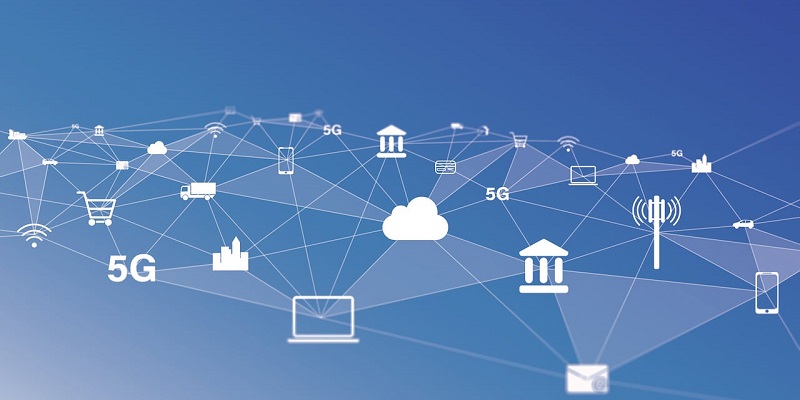The advent of 5G and edge computing is set to revolutionize the landscape of cloud workloads and telecommunications by 2024. This paradigm shift is not just a technological advancement but a transformative force that will redefine how data is processed, stored, and accessed. In this article, we will explore the synergy between 5G and edge computing and understand how it will shape the future of digital communication.
Overview of 5G Technology
The fifth generation of wireless technology, 5G, promises to deliver unprecedented speed and connectivity. With lightning-fast data transfer rates and incredibly low latency, 5G will power a new era of innovation, enabling applications that were previously unimaginable.
Introduction to Edge Computing
Edge computing, on the other hand, is a distributed computing paradigm that brings computation and data storage closer to the sources of data. Instead of relying solely on centralized cloud infrastructures, edge computing utilizes local devices and edge servers to process and analyze data at the edge of the network.
The Synergy of 5G and Edge Computing
To fully harness the potential of 5G, it needs to be complemented by edge computing. This synergy is poised to revolutionize cloud workloads and telecommunications. Together, 5G and edge computing will enable businesses to manage their cloud workloads more efficiently, with high-speed connectivity and localized data processing. The integration of 5G and edge computing offers several benefits to cloud workloads. Firstly, it improves efficiency by reducing latency and enabling real-time data processing. Secondly, it enables businesses to optimize their cloud workloads by offloading computation to the edge, reducing the strain on centralized cloud infrastructures.
Implications in the Telecommunications Sector
The fusion of 5G and edge computing will have a significant impact on the telecommunications sector. It will pave the way for advanced services and applications, such as autonomous vehicles, smart cities, and immersive virtual reality experiences. The low latency and high bandwidth of 5G, combined with the localized data processing of edge computing, will unlock new realms of possibility.
Innovation in Industries through 5G and Edge Computing
Beyond telecommunications, the synergy of 5G and edge computing will foster innovation across various industries. Healthcare, manufacturing, transportation, and retail are just a few sectors that will benefit from the transformative capabilities of this technology duo. From telemedicine and smart factories to connected vehicles and personalized shopping experiences, the possibilities are endless.
Challenges in Realizing the Full Potential
While the potential of 5G and edge computing is immense, there are several challenges that need to be addressed. These include ensuring reliable connectivity, securing edge devices and infrastructure, managing large volumes of data at the edge, and addressing interoperability issues. Overcoming these challenges will require collaboration between industry stakeholders, policymakers, and technology providers.
The synergy between 5G and edge computing is set to reshape the landscape of cloud workloads and telecommunications. This transformative combination will enhance efficiency, enable advanced services, and foster innovation in various industries. However, realizing its full potential requires addressing challenges and working towards a robust ecosystem that supports seamless integration. The future of digital communication holds great promise thanks to the revolutionary power of 5G and edge computing.

